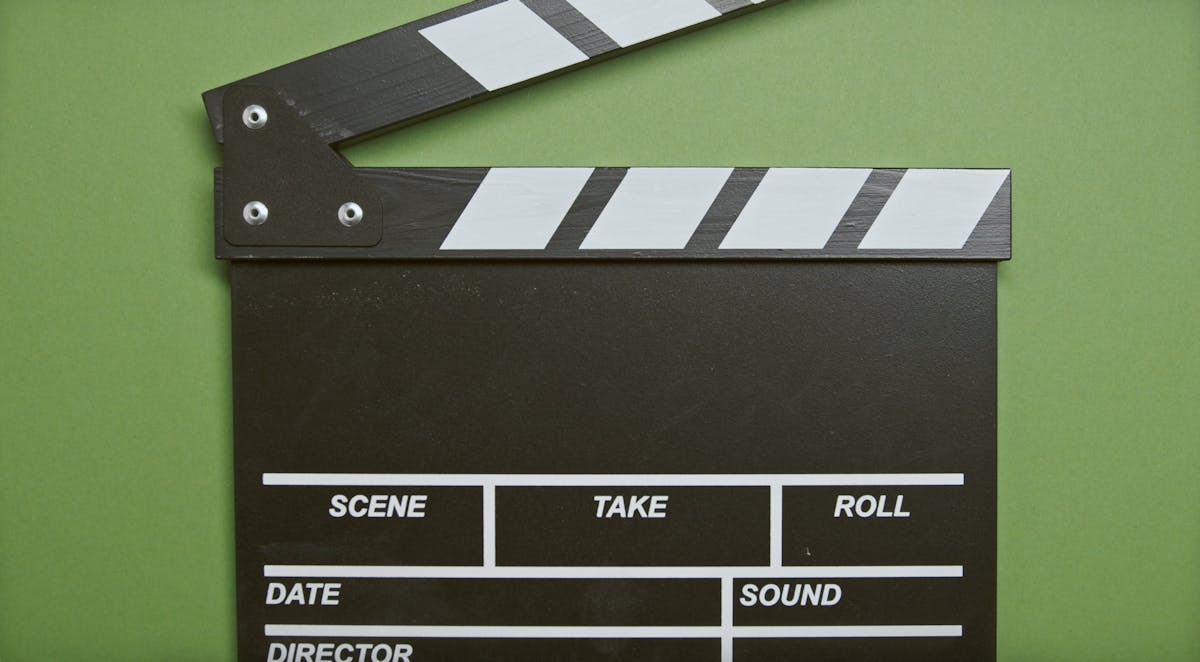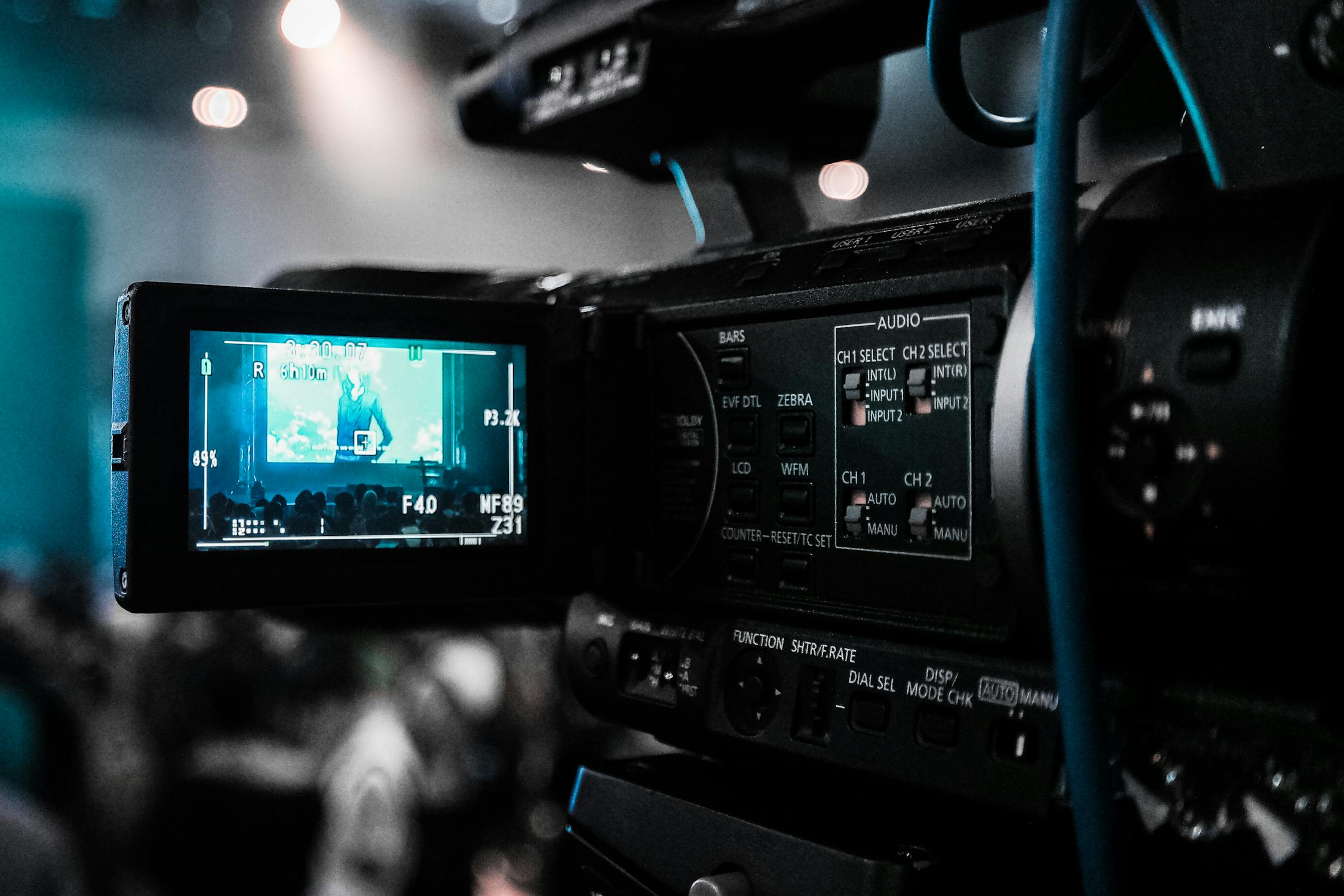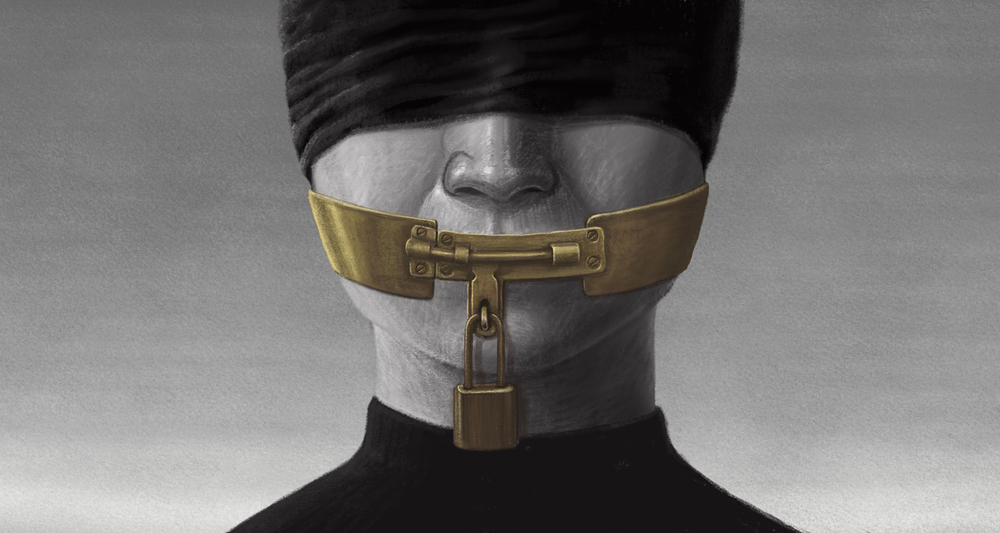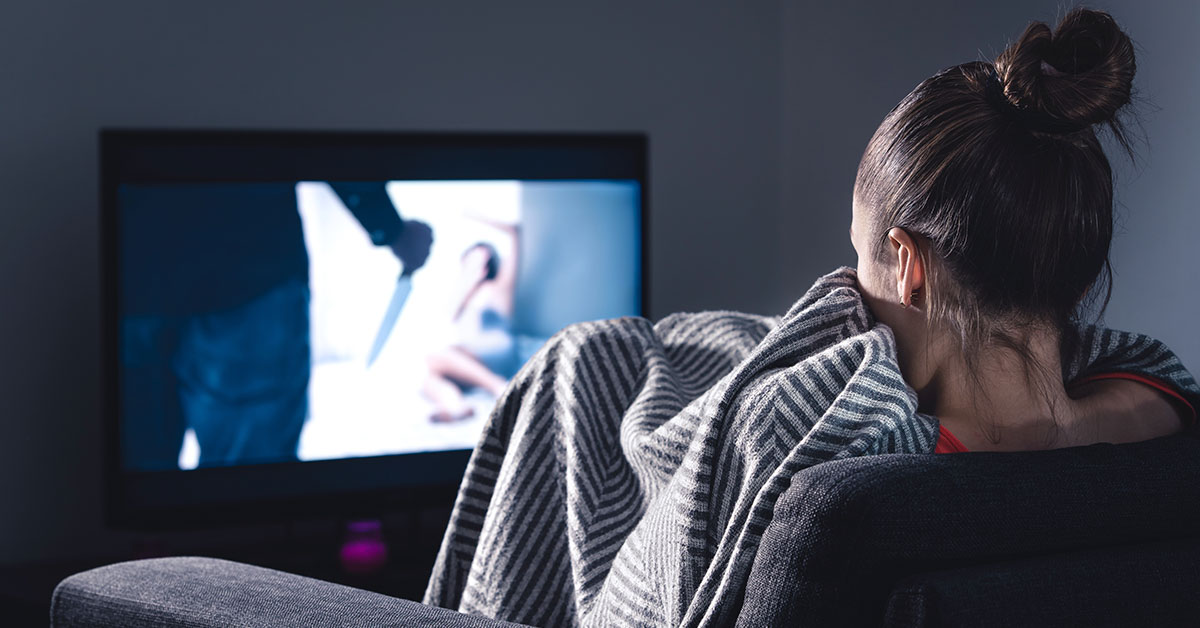Have you ever come across a horror movie so shocking that it immediately gets people talking? There’s one particular movie that has stirred up quite the storm, and people can’t stop talking about it. This isn’t your run-of-the-mill horror flick—it’s a movie that has challenged norms and pushed boundaries in every possible way. From the moment it was released, audiences were divided between those who saw it as a daring piece of art and those who thought it was downright unacceptable. The film’s notoriety stems from its unapologetically raw content, and it has quickly become a hot topic in discussions about censorship. Whether you’re a film buff or just someone who enjoys a good debate, this movie has a way of sparking conversation that’s hard to ignore.
The Banning Controversy of this Horror Movie

As word spread about the film, several countries decided that its content had crossed an undeniable line. Authorities and censorship boards across the globe took a strong stance, opting to ban it in a bid to protect audiences from its shockingly graphic nature. Notably, countries such as Italy, Germany, and Australia were among those that imposed bans, with others like the United Kingdom and New Zealand following suit. Each of these nations had its own unique concerns, ranging from the film’s explicit scenes to the broader implications for societal values. It’s fascinating how such regulatory decisions can spark even more curiosity among cinephiles and casual viewers alike. The bans fueled passionate debates on artistic freedom versus social protection, propelling the film to push the boundaries of conventional cinema.
o3-mini
Pushing the Limits of Content

Delve deeper into what makes this film polarizing, and you see that its presentation amplifies its subject matter. The movie delivers visually striking, emotionally disturbing scenes designed to provoke strong reactions. Every frame meticulously unsettles viewers, challenging their comfort zones at every turn. This isn’t a film for the faint-hearted, as it leaves a lasting impression on anyone who dares to watch it. The creators seemed intent on forcing an honest conversation about the extremes of human behavior. It’s this relentless drive to push cinematic boundaries that has set the stage for its infamous reputation.
Cultural and Social Reactions

When a horror movie like this hits the screens, it’s impossible not to notice the ripple effects in popular culture. People start discussing it at cafes, online forums, and even during family gatherings—whether they love it or hate it. Social media exploded with opinions, memes, and heated debates, all reflecting the movie’s impact on the collective conscience. It challenged preconceived ideas about what is acceptable in art and ignited a firestorm of both praise and condemnation. Some viewers admired its bold approach, feeling it was a necessary confrontation with harsh realities. Meanwhile, others felt deeply disturbed, arguing that the film’s extremity bordered on exploitation rather than thoughtful commentary.
Read More: 12 of the Most Shocking Movies of All Time
Unmasking the Horror Movie

The name of this controversial film: Salò, or the 120 Days of Sodom. This controversial horror movie not only boasts a notorious title but also etches its place in cinematic history. With its relentless, unapologetic portrayal of human depravity, you will find yourself wondering what happens next. As you dive into the film, it hits you with a barrage of disturbing imagery that goes far beyond simple shock value. The movie graphically depicts scenes that are meant to evoke emotion. These scenes range from extreme violence, degradation, to abuse. All of this is staged in a way that strips away any pretense of glamour or artistic sugarcoating.
The film confronts audiences with unspeakable acts that echo the darkest corners of power and corruption. This includes brutal torture, public humiliation, and systematic dehumanization of its characters. These horrifying sequences do more than shock—they deliver a harsh commentary on power abuse and corruption. Especially when authority goes unchecked. Each scene leaves a lasting impression, pushing viewers to question where to draw the line between artistic expression and exploitation. Some see this as a bold artistic statement. Others see it as a deeply disturbing spectacle. Regardless where you land, there’s no denying that Salò has left a mark on the world of cinema. It continues to challenge our perceptions of what film can and should be.
Artistic Vision and Execution

Behind the film’s unsettling visuals and challenging scenes is a unique creative vision that refuses to play it safe. The director and the creative team embarked on this project with a clear mission: to jolt viewers out of their everyday expectations and provoke genuine introspection. Every element—from the haunting cinematography to the carefully chosen score—has been meticulously crafted to stir raw, deep emotions. The film isn’t about throwing shock tactics at the audience; it’s a deliberate exploration of the darkest corners of human nature and societal decay. Its bold, unfiltered style has made it a touchstone for debates about how far art can push boundaries without losing its meaning. By intentionally defying conventions, this film not only redefines horror but also challenges us to reflect on the uncomfortable truths it so fearlessly exposes.
The Debate Over Censorship and Freedom

One of the most compelling aspects of this film is how it has fueled the ongoing debate between censorship and artistic freedom. Some argue that art should never cross certain boundaries, claiming that some images and themes prove too dangerous for public consumption. Others defend free expression and insist that art must remain unfiltered to challenge societal norms. This horror movie stands at the center of that debate, serving as a case study for the tensions between creative liberty and ethical responsibility. Viewers and critics weigh in with passionate opinions, making it a recurring topic in academic and cultural discussions. Ultimately, the film compels us to ask whether art should restrict itself based on its potential impact or be celebrated for its daring confrontation of controversial subjects.
Final Thoughts

Looking back on everything we’ve discussed, it’s clear that this film has sparked a whirlwind of reactions that continue to resonate today. Its notoriety as a banned horror movie isn’t just about shock value—it’s a symbol of the ongoing tug-of-war between artistic innovation and societal protection. Whether you see it as a masterpiece of daring cinema or a problematic piece of exploitation, there’s no denying its influence on how we view art and censorship. This conversation reminds us that art, even when uncomfortable, can challenge our thinking and push us toward deeper introspection. It’s a fascinating example of how films can mirror and sometimes even distort our cultural values. In the end, the debates it inspires are a testament to the power of art to provoke thought, even if it means stirring up controversy along the way.

